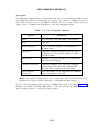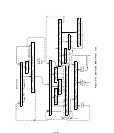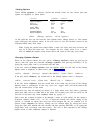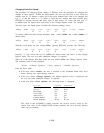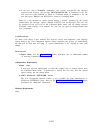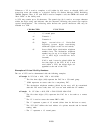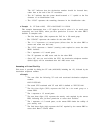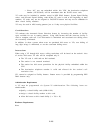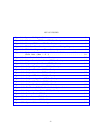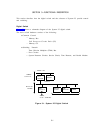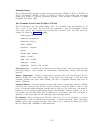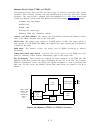—
Since “#5” was not embedded within this VFN, the destination telephone
number (12125551643) will be transmitted after the WATS access code.
VF codes may be included in numbers stored in REP DIAL buttons, System Speed Dialing
codes, and Personal Speed Dialing codes if the VF code is used at the beginning of these
numbers. VF codes may not be assigned to FACILITY buttons and may not be embedded in
other virtual facility numbers.
VFs may be used in ARS routing patterns just as if they were physical facilities.
Considerations
VFs enhance the Automatic Route Selection feature by increasing the number of facility
types available for use in routing patterns.
Using ARS ensures that the least-cost facility is
used to complete each call. User intervention is minimized and associated user dialing errors
are essentially eliminated.
In addition, in those systems where users are permitted dial access to VFs, user dialing of
long digit strings is minimized, as are the associated dialing errors.
Interactions
When using a VF through dial access, calling restrictions will be based on the station’s class
of service. Dial access VF calls will be completed only if:
●
The VF code is valid and not dial restricted.
● The station is not outward restricted.
● The station has dial access permission for the physical facility embedded within the
VFN.
●
The destination telephone number is valid and allowed for the station’s toll
restriction class.
VFs cannot be assigned to Facility buttons.
Button access is provided by programming REP
DIAL buttons only.
Administration Requirements
A VF must be programmed via System 25 administration. The following items are
administrable:
● Specify a virtual facility code (#190-# 199).
● Assign a virtual facility number to this code.
● Allow dial access to this virtual facility (l = Y/0 = N).
Hardware Requirements
None.
2-261



